I’m excited to share a detailed guide on using Flatpak, a key tool for apps on Linux. Flatpak makes it easy to run apps on different Linux versions without changing them. This guide will walk you through setting up Flatpak, using it in software centers, and fixing common problems.
Key Takeaways
- Flatpak is a universal package system that offers a cross-platform solution for applications on Linux.
- Flatpak can be installed on a variety of Linux distributions, including Ubuntu, Fedora, openSUSE, and Arch Linux.
- Flatpak applications can be installed and managed using the command line or graphical user interfaces.
- Flathub is a popular repository for discovering and installing Flatpak applications.
- Flatpak provides several advantages, such as ease of use, forward compatibility, and decentralized distribution, but also has some drawbacks like increased disk space consumption.
What is Flatpak?
Flatpak is a way to install and manage apps on Linux without worrying about the distribution. It makes it easy to run software on different Linux versions. This is because it offers cross-platform compatibility and better dependency management.
Advantages and Disadvantages of Flatpak
Flatpak has its good points and not-so-good points. Let’s look at both sides:
| Advantages | Disadvantages |
|---|---|
|
|
Despite some drawbacks, Flatpak is popular among Linux users and developers. It makes installing and managing Flatpak, containerized applications easier. It also offers a cross-platform solution for dependency management.
How to Install Flatpak on Linux
Flatpak makes it easier for developers to share apps and for users to install them. It hides the complex packaging details. Flathub, the main platform for Flatpak apps, has thousands of apps not found on Snap. Both Snap and Flatpak are sandboxed, which boosts security and prevents package conflicts.
Flatpak and Snap let apps include their own dependencies. This ensures they work well on different Linux distributions.
Install Flatpak on Ubuntu and Linux Mint
Installing Flatpak on Ubuntu requires the command line, which might be new to some. But, the GNOME Software app offers a graphical way to install and manage Flatpak apps on Ubuntu. The Flathub website also has a user-friendly interface for finding and installing apps.
- Open the terminal and run the command:
sudo apt update && sudo apt install flatpak - To enable Flatpak support in GNOME Software, open the software center and navigate to the Settings menu. Then, turn on the “Flatpak” option.
Install Flatpak on Red Hat and Fedora Distributions
Once Flatpak is set up, the process for downloading, installing, and using apps is the same across all Linux distributions. Flathub is the most popular Flatpak repository.
- Open the terminal and run the command:
sudo dnf install flatpak - Add the Flathub repository by running:
sudo flatpak remote-add --if-not-exists flathub https://flathub.org/repo/flathub.flatpakrepo
Install Flatpak on openSUSE
Different installation commands are provided for specific desktop environments like KDE and GNOME.
- For GNOME:
sudo zypper install flatpak - For KDE:
sudo zypper install flatpak-kde-integration
Install Flatpak on Arch Linux
Multiple popular Flatpak repositories are listed along with their corresponding commands for addition.
- Open the terminal and run the command:
sudo pacman -S flatpak - Add the Flathub repository by running:
flatpak remote-add --if-not-exists flathub https://flathub.org/repo/flathub.flatpakrepo
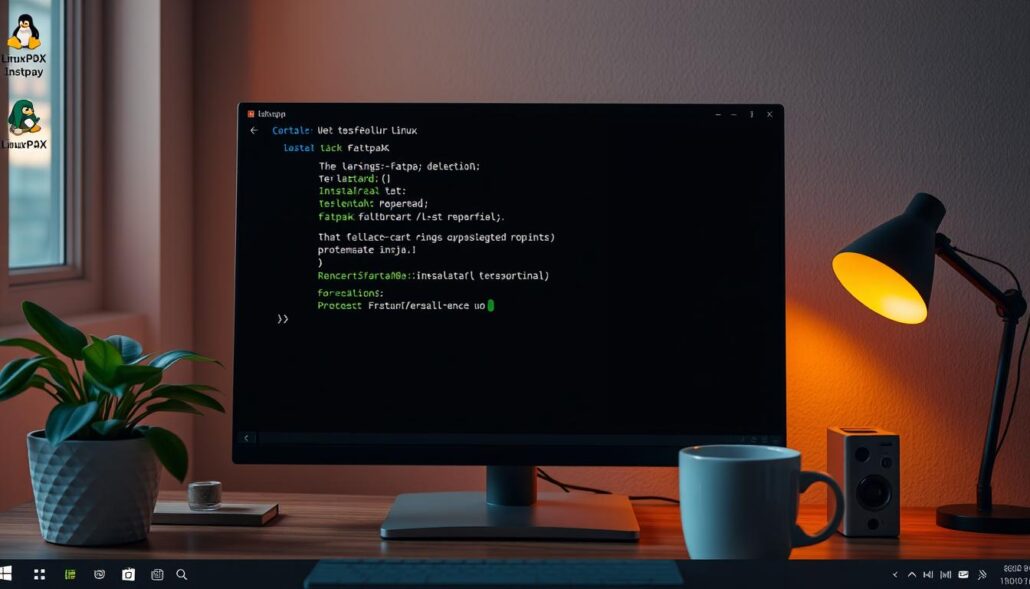
Enable Flatpak Support in Software Center
Flatpak makes it easy to use the software center on your Linux system. This includes GNOME Software, Ubuntu Software, and more. With Flatpak support, you can find, install, and manage apps easily.
Enabling Flatpak support is simple, but it depends on your Linux version. For example, Ubuntu and Linux Mint often have it on by default. This lets you find Flatpak apps right in the software center.
On systems like GNOME-based ones or Fedora, you might need to turn it on yourself. Just go to the software center’s settings and pick the Flatpak option. After that, you’ll see Flatpak apps alongside other software, making everything easy to use.
Using Flatpak with the software center means you don’t need the command line. It makes finding and managing apps a breeze. This way, you can enjoy more software on your Linux system without hassle.
| Linux Distribution | Flatpak Integration in Software Center |
|---|---|
| Ubuntu/Linux Mint | Flatpak support is typically enabled by default |
| GNOME/Fedora | Flatpak support may need to be manually enabled in the software center settings |
| Arch/openSUSE | Flatpak support can be enabled in the software center by following distribution-specific instructions |
Flatpak makes using the software center a breeze. You can find, install, and manage apps without the command line. This makes it easier to use a wide range of software on your Linux system.
How to Install and Manage Flatpak on Linux
Flatpak makes managing apps on Linux easy. It lets you add repositories, install apps, run them, and more. Let’s explore how to use Flatpak for your app needs.
Add Flatpak Repositories
The main place for Flatpak apps is Flathub. To add Flathub, just type this in your terminal:
- flatpak remote-add –if-not-exists flathub https://flathub.org/repo/flathub.flatpakrepo
This command adds Flathub to your setup. Now, you can install many apps from Flathub.
Install Flatpak Applications
With Flathub set up, installing apps is easy. Just use this command:
- flatpak install flathub application-name
Put the app’s name in place of application-name. For example, “com.discordapp.Discord” or “org.gimp.GIMP”.
Run Flatpak Applications
To start a Flatpak app, type this:
- flatpak run application-name
This opens the app in a safe, sandboxed space.
List Installed Flatpak Apps
To see your installed apps, run this command:
- flatpak list
This shows you the apps, their versions, and where they came from.
Uninstall Flatpak Applications
To remove an app, use this command:
- flatpak uninstall application-name
This removes the app completely.
Update Flatpak Applications
Updating apps keeps your system safe and current. To update all apps, run:
- flatpak update
This command checks for and installs updates.
Flatpak makes managing Linux apps easy and secure. It keeps your system up-to-date and smooth. Using Flatpak simplifies app management and enhances your Linux experience.
Troubleshoot Flatpak Issues
Flatpak is a great tool for managing packages on Linux. But, like any software, it can have problems. You might see errors when installing, get permission issues, or wonder where files are. This guide will help you fix these common Flatpak problems and get your system working again.
Fix Flatpak Installation Errors
Don’t worry if you run into errors while installing Flatpak. SELinux, a security feature in some Linux distributions, can cause issues. Try running this command to fix it:
sudo restorecon -v /usr/libexec/flatpak-system-helperThis command should fix the SELinux context and let Flatpak work right. If problems continue, try this more detailed command:
sudo restorecon -vR /This command will fix the SELinux context for your whole system. It should solve any remaining Flatpak installation problems.
revokefs-fuse Permission Denied Error
Another common problem is the “revokefs-fuse Permission Denied” error. It happens when you try to install or run Flatpak apps. This error is often about file permissions. Here’s how to fix it:
- Run
flatpak repairto fix any Flatpak installation issues. - If the problem still exists, update Flatpak to the latest version. This might solve the permission issue.
- If all else fails, clear the Flatpak cache and reinstall the app.
Where are Flatpaks Installed?
Flatpak apps are installed in a special place on your system. Knowing this can help when you’re troubleshooting or managing your Flatpak setup. By default, Flatpak apps are in these directories:
- System-wide Flatpak applications:
/var/lib/flatpak - User-specific Flatpak applications:
~/.local/share/flatpak
Knowing these locations helps you understand the Flatpak ecosystem better. It makes it easier to find installed apps or configuration files.
Flatpak is a powerful tool, but it can have problems. By following the troubleshooting steps in this guide, you can fix these issues. This will help you enjoy a smooth Linux experience with Flatpak.
Using Flathub to Find Flatpak Apps
Flathub is the main place to find and install Flatpak apps. It’s a huge collection of apps in many categories. This makes it perfect for anyone looking to add more software to their Linux system.
Flathub is easy to use. You can look at featured apps, search for something specific, or check out different categories. Whether you need tools for work, fun multimedia apps, or the latest games, Flathub has it all.
One big plus of Flathub is how simple it makes installing apps. With just a few clicks, you can add new software to your computer. No need for manual downloads or complicated setup.
- Go to the Flathub website (www.flathub.org) to find the Flatpak app repository.
- Use the search bar to find what you’re looking for, or check out different categories.
- Click on the app’s page to see more details, ratings, and what other users think.
- Hit the “Install” button to start the installation of the Flatpak app.
Flathub’s huge collection of apps and easy-to-use interface make it essential for Linux users. Check out Flathub today and see all the Flatpak apps that can improve your computer experience.

“Flathub is a game-changer for Linux users, providing access to a vast array of Flatpak applications with a few simple clicks. It’s the go-to destination for discovering and installing new software on my system.”
How to Install and Manage Flatpak on Linux
Flatpak makes it easy to install and manage apps on Linux. It works well on Ubuntu, Fedora, and other Linux distributions. This guide will show you how to install and manage Flatpak on your Linux desktop.
Installing Flatpak
Installing Flatpak is easy on most Linux distributions. Ubuntu, Fedora, and openSUSE usually have it pre-installed. If not, you can find installation instructions in your distribution’s package manager or online.
Managing Flatpak Applications
- Adding Flatpak Repositories: To get more apps, add the Flathub repository. Use the
flatpak remote-addcommand to do this. - Installing Flatpak Applications: With Flathub set up, install apps with
flatpak installand the app ID. - Running Flatpak Applications: Launch apps from your app menu or with
flatpak runin the terminal. - Updating Flatpak Applications: Update apps with
flatpak update. This updates all or specific apps. - Uninstalling Flatpak Applications: Remove apps with
flatpak uninstalland the app ID.
Troubleshooting Flatpak Issues
Flatpak is usually smooth, but you might run into problems. Issues like installation errors or permission problems are common. The Flatpak documentation and online community can help with these issues.
By following this guide, you can install, manage, and troubleshoot Flatpak on your Linux desktop. This will give you a consistent and secure way to manage your apps.
Conclusion
In this guide, we’ve looked at Flatpak’s power and flexibility. It’s a key player in Linux app distribution. It’s a community effort that solves old problems of app compatibility and managing dependencies.
Using Flatpak makes installing and updating apps easy. It lets developers create without worrying about Linux versions. Flatpak apps are safe and don’t mess with your system, making your desktop better.
Flatpak works well on many Linux versions, like Ubuntu and Fedora. It has a big app store and lets you make custom apps. This makes it a great tool for managing software on Linux.

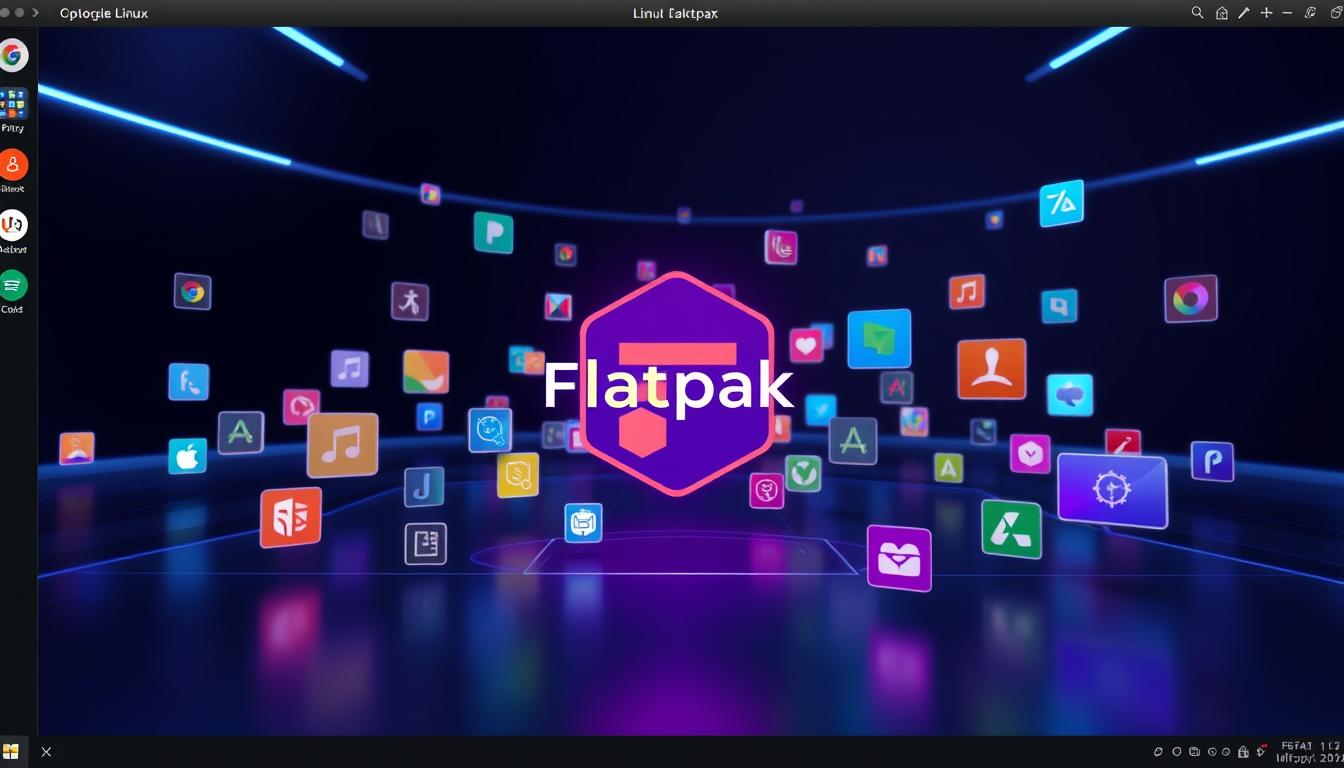
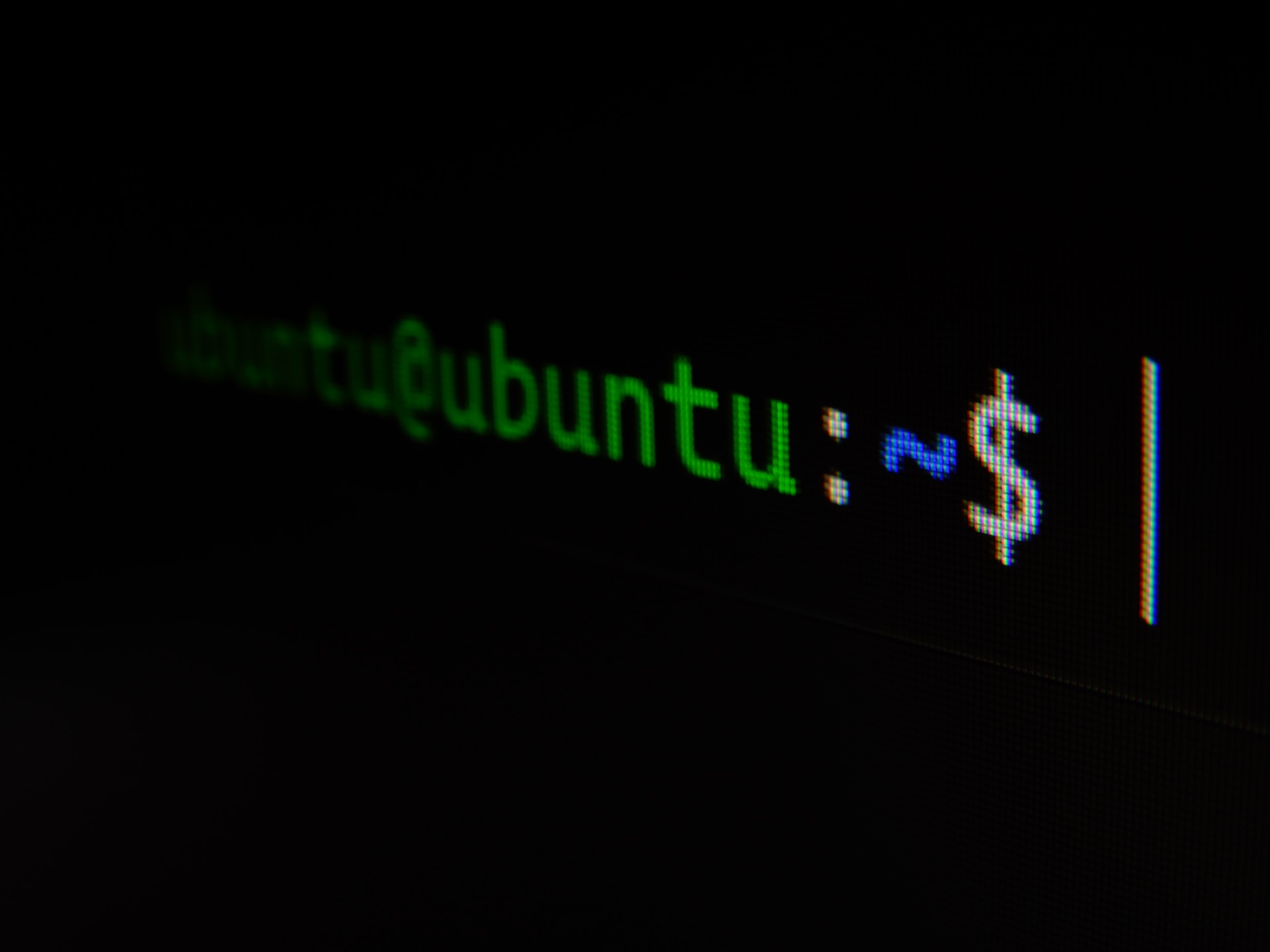

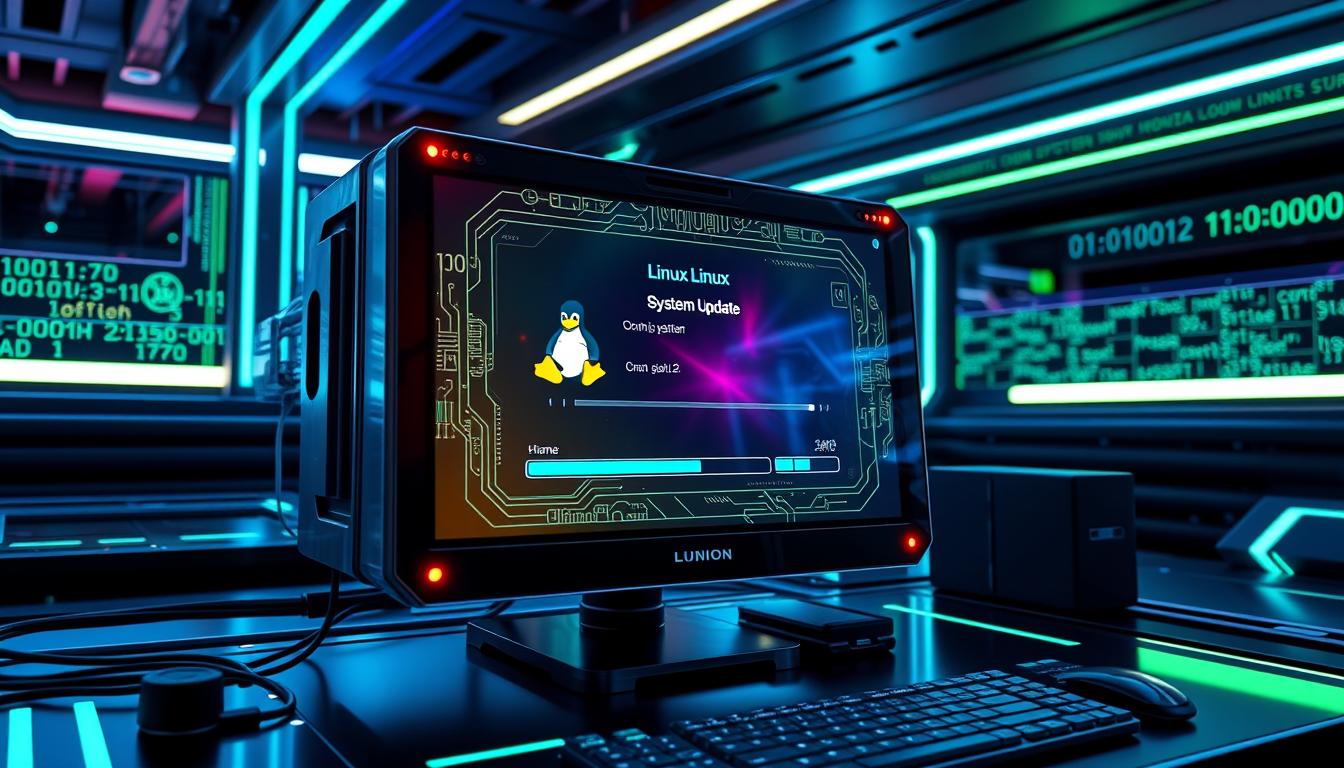

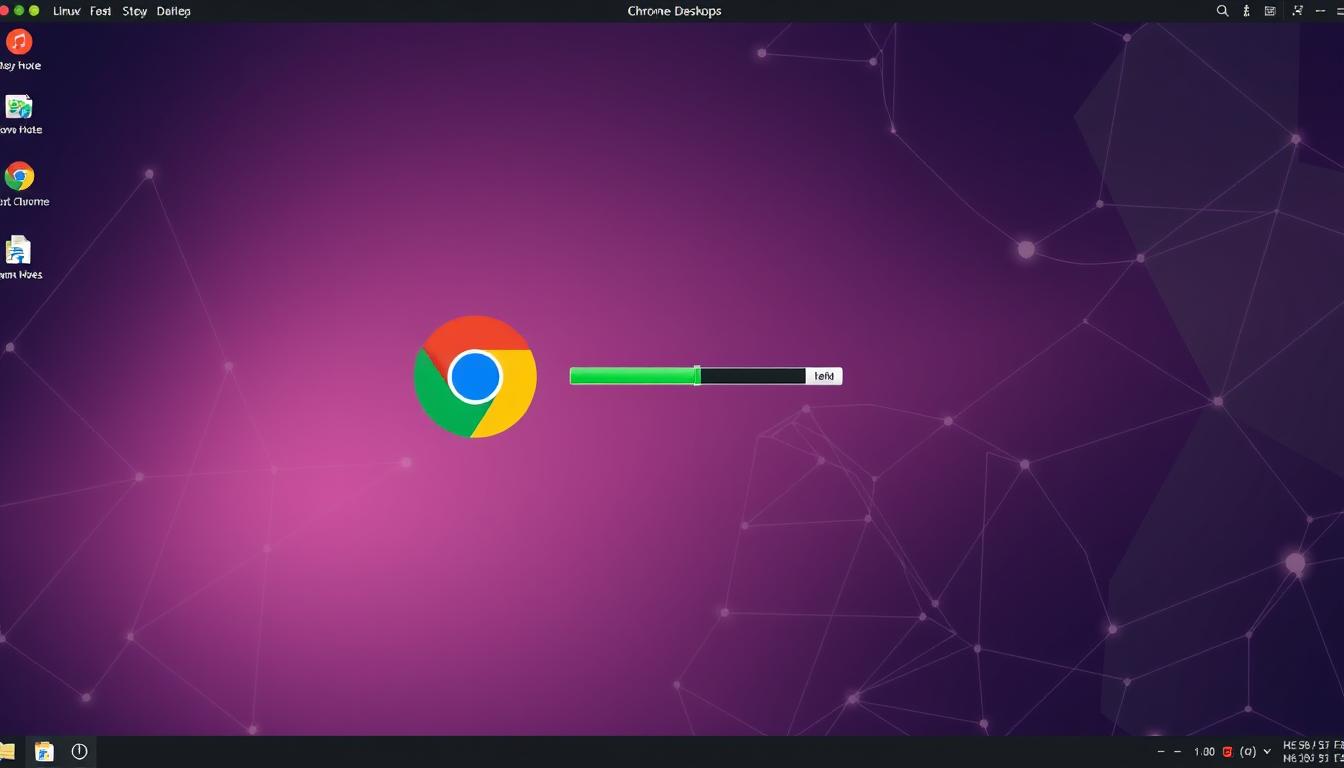
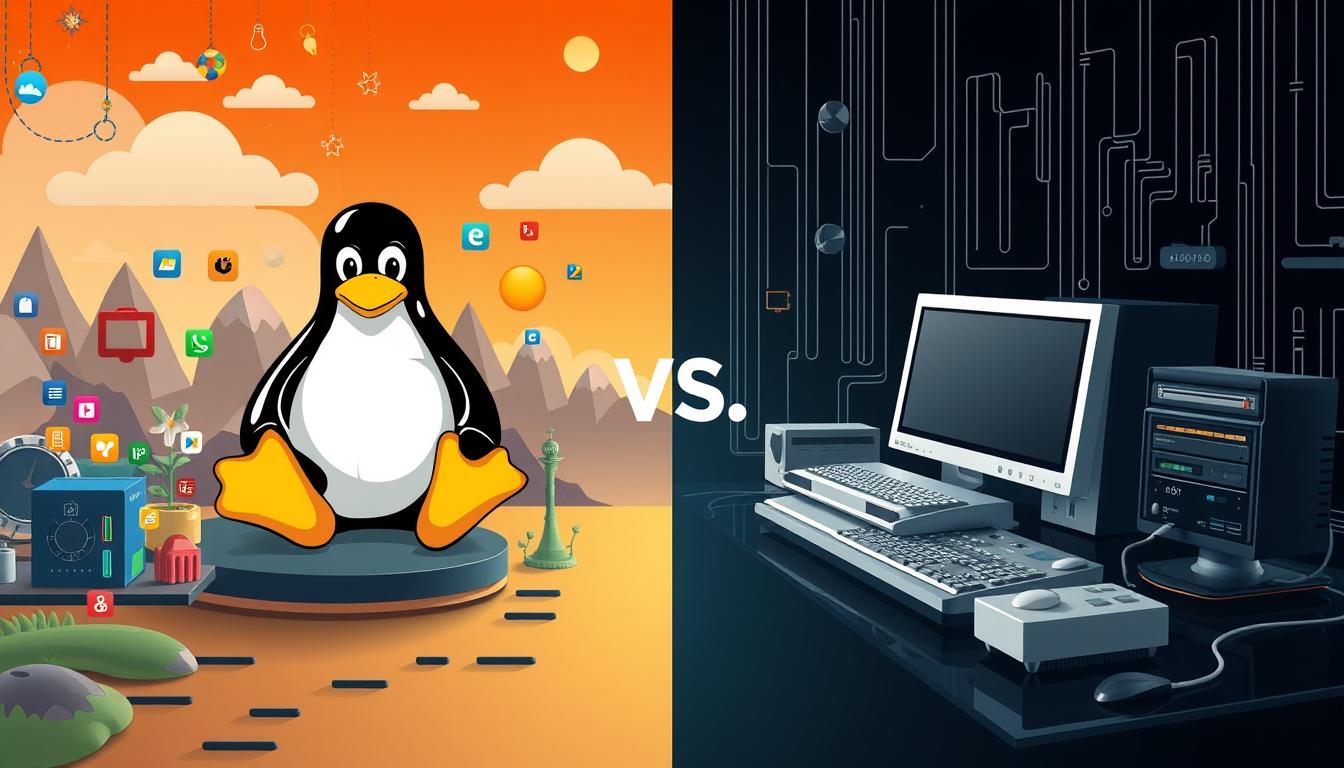
Leave a Reply